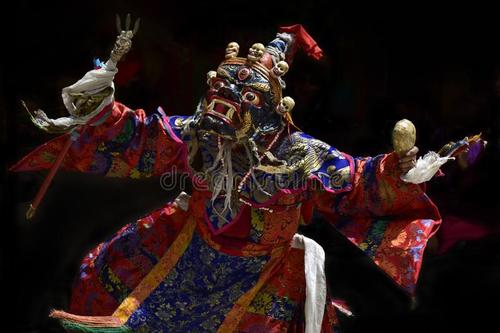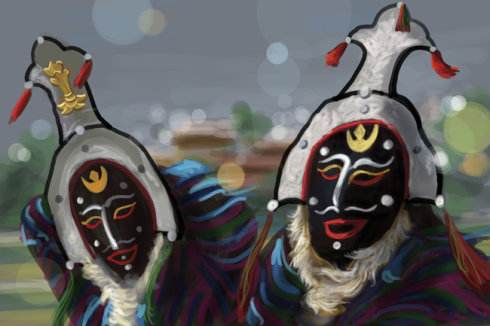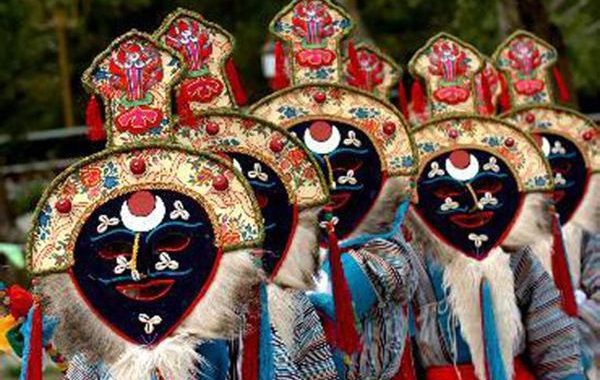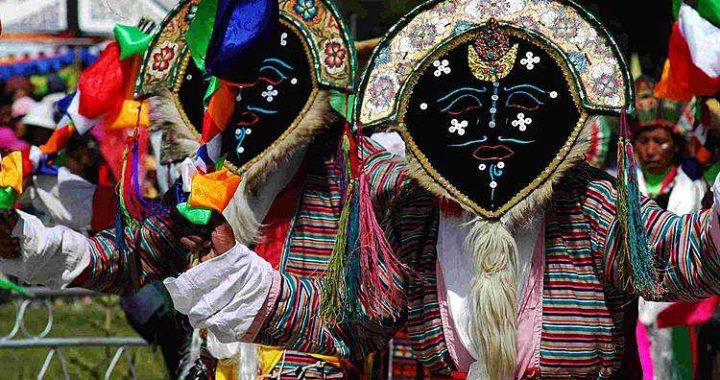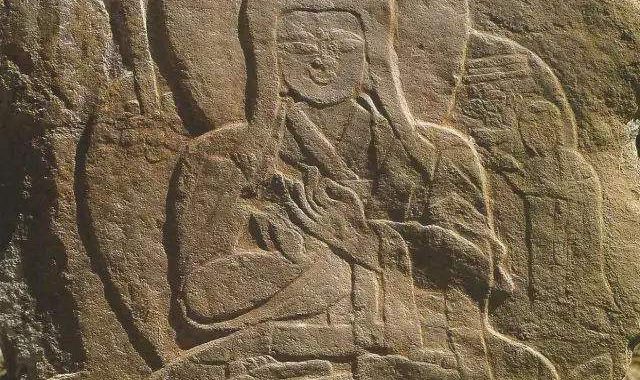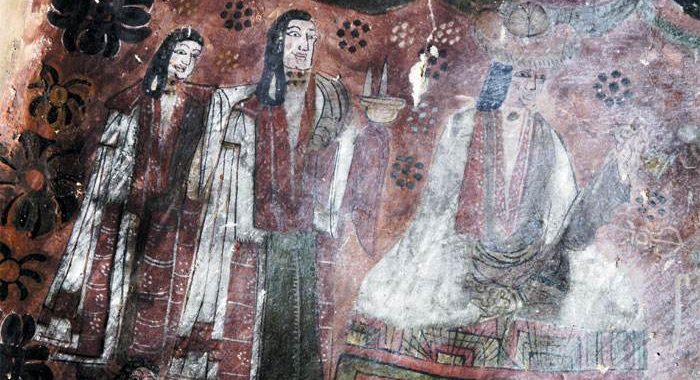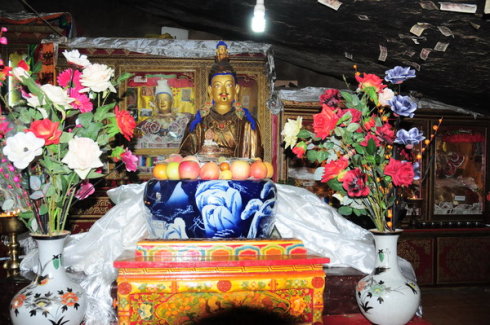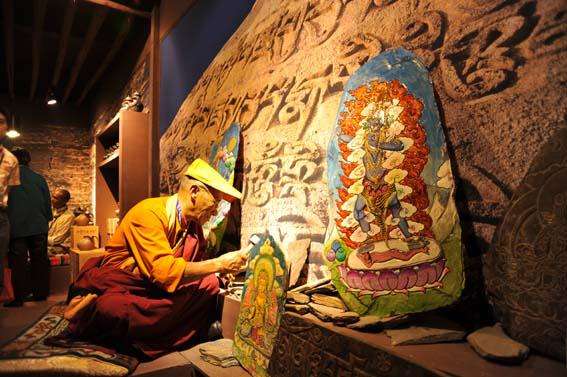Sgor-gzhas-circle dance in rural areas
2 min readSgor-gzhas, which means a circle dance, is the main folk dance in rural Tibetan areas. It has no limit on the number, gender or age of the dancers. It can be performed by several or dozens or even hundreds of performers, men or women, young or old. During the performance, men and women hold hands in a circle and the male dancer leads them in singing while the rest dance along with him in a clockwise direction. The performers sing one song after another and then jointly shout”Qu! Qu! Qu!”or “Xiu! Xiu! Xiu!”before finishing it with an energetic dance. The male and female performers sing alternate pieces and finally sing and dance face to face. Funny lyrics conclude the performance. It normally has no musical accompaniment, but in Zanda County and Burang County in Ngari prefecture,a guitar is used; in Dzongkhar County of Shigatse, it is accompanied by drum beating in Chanang County in Shannan Prefecture, the leading dancers peal bells held in their hands to accompany the singing and dancing.
The circle dance: the performance of Sgor-gzhas

In different places, Sgor-gzhas normally consists of a piece of affectionate adagio and a piece of bright and unrestrained allegro. The melody varies depending on the area. To coordinate the dance steps, there is a monologue done in dialect at the beginning and at the end ofthe allegro section of each song as the prelude and the epilogue of the allegro.
“Cho Sgor-gzhas”of herdsmen
“Cho Sgor-gzhas”in Tibetan means”Sgor-gzhas”in the pasture area of the herdsmen, the circle dance of herdsmen, commonly known as the herdsmen dance.
“Cho Sgor-gzhas”is an exultant, enthusiastic and unrestrained dance, popular in Ngari, Nagqu and Chamdo.
The performance of “Cho Sgor-gzhas”in Ngari
The performance of”Cho Sgor-gzhas”in Nagqu
Every “Cho Sgor-gzhas”movement originated from animal husbandry activities. The movements were unrestrained, laced with strong flavour oflife and characteristics of nomadic people. When dancing, male and female performers stand next to each other with a male and a female Gzhasben (leading dancer). There is no limit on the number of performers, gender or age. It can be performed by dozens or even a hundred performers, men or women, young or old. It has no musical accompaniment. First the male dancer leads the singing and the other performers start dancing together followed by a song from female dancer. They sing and dance in a clockwise direction. The dance starts with several pieces of adagio and then changes to allegro.
